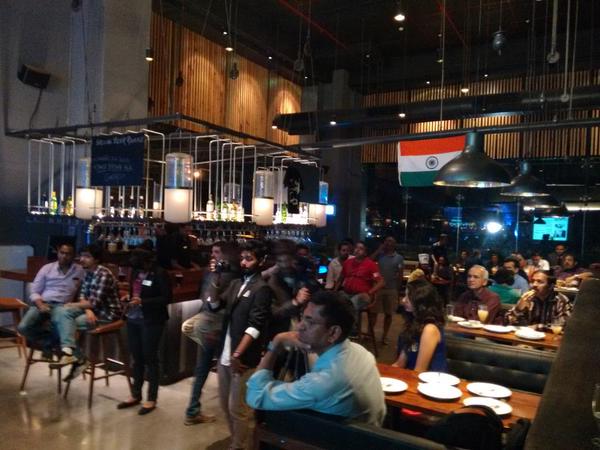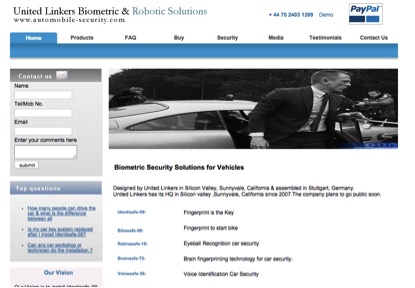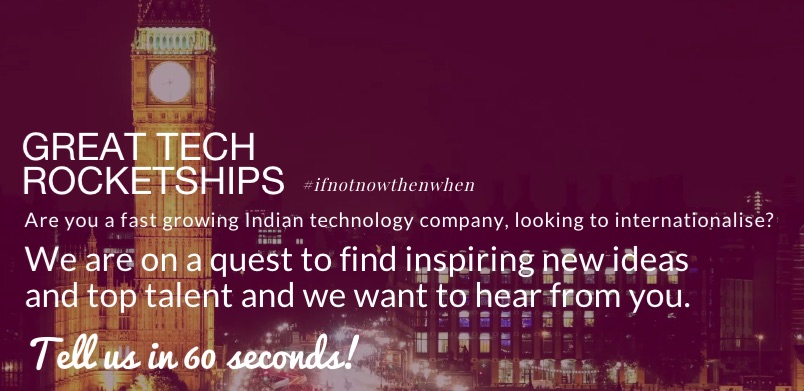Evolving from a festival of innovation to a platform helping innovators to succeed…
Over the past 3 years, while volunteering for Innofest – the platform for hardware entrepreneurs – I realized two things:
- Doing a hardware product in India is much tougher ….
- … but there are several resources available across the country that can make it easier for hardware companies to succeed
What was needed is a way to connect those who need the assistance and advice to those who can help and are willing to help.
The goal of this group of 10-12 individuals who selflessly give their time in organising various initiatives and events under the Innofest umbrella is to make it easier for first-time entrepreneurs and to assist them in their journey. We deliberately chose to focus on startups and individuals who were using hardware and technology to solve meaningful problems. Because that is the most underserved section of the entrepreneurial eco-system.
The initial 2 years were invested in reaching out to hardware entrepreneurs and enablers who can assist them – maker spaces, companies, mentors, investors, etc., and bringing them together to interact with each other. As with many other sectors, in hardware led innovation too, resources were concentrated in 3-4 cities, while innovators were spread across the country. These innovators usually worked on their own, often spending time and energy and money on aspects that had already been solved by someone else. Getting together problem solvers and innovation enablers was a critical first step. And the community responded enthusiastically. Over 1800 innovators turned up at the inaugural in Bangalore. Since then we have taken the initiative to Hyderabad, Jaipur, Nagpur and other cities. In fact, Prathibha Sastry, the key volunteer driving Innofest took two ‘yatras’ – once driving from Bangalore to Delhi and once Bangalore to Assam – to find innovators in small towns and tier 2 cities across India.
What she unearthed was awe-inspiring – folks who were solving local problems with their frugal innovations. However, many of these enterprising folks did not consider themselves as entrepreneurs. For them, they were just using their ingenuity and creativity in addressing a problem that they or someone in their family or community faced. They were solving for Bharat. And that we feel is the real opportunity. To encourage these inspired, enterprising and creative problem solvers to get their innovations to solve problems at a much larger scale than they have currently envisaged. To help spread their innovations to places that can benefit from these innovations. I.e. find innovators and help them in their entrepreneurial journey.
To do that, it was important that we shift gears. And at Innofest, we have.
We now have extended the goals to not just curate and connect innovators and enablers, but to also undertake programs and initiatives that will increase the chances of success of these innovations. These include providing better access to resources like maker spaces, working with large corporates in helping drive their innovation programs, creating better access to capital and markets, creating a pool of mentors, etc.
Indeed, from being a festival or celebration of innovation, Innofest is now a platform for innovators to succeed in solving problems and making our country a better place. And hence, we have also taken the bold step to change our name from Innofest to Innonation, which means using innovation to improve the nation.
Whether you are an innovator, or want to volunteer, or a company that wants to support innovation or a co-working space or maker space, do connect with us at Innonation. We need a lot more people in making this volunteer-driven platform successful.
To get a ringside view of the innovation happening across India, join us at the flagship event in Bangalore on 26th August. If you are into solving a problem for Bharat, check the agenda to see what workshops and events are most relevant for you.
See you at Innonation. The country needs you to be there.
Prajakt Raut
Founder – Applyifi









